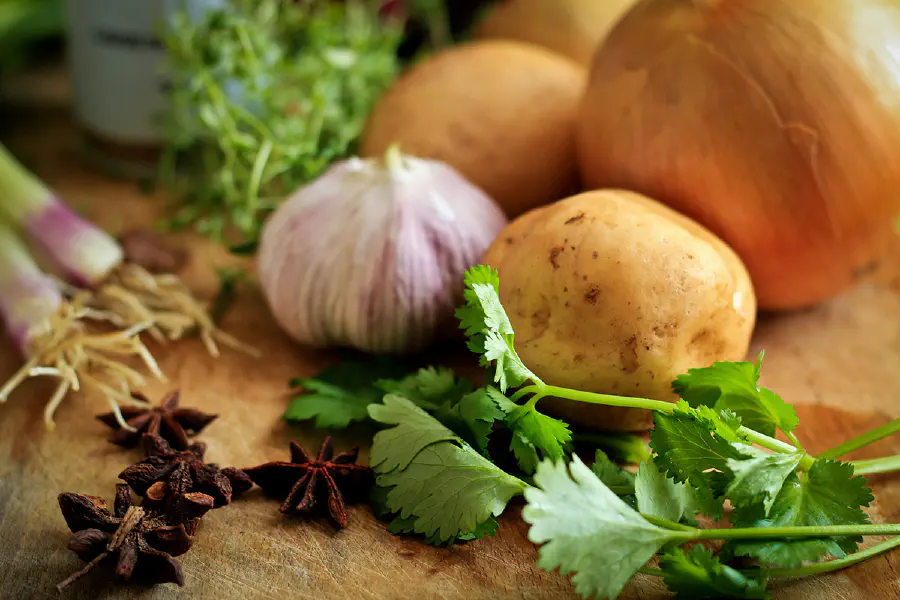The Ultimate Guide to Mylar Bags for Food Storage




The Ultimate Guide to Mylar Bags for Food Storage
Mylar bags are an essential component of effective long-term food storage, offering protection against various factors that can degrade food quality. This comprehensive guide covers everything you need to know about Mylar bags, from their basic properties to the different types available and their cost.
What Are Mylar Bags?
Mylar bags are made from a polyester film known for its strength, durability, and barrier properties. They effectively protect against light, moisture, oxygen, and pests - all of which can adversely affect food shelf life.
Types of Mylar Bags
Mylar bags come in various thicknesses and sizes to suit different storage needs:
- Thickness: Generally, the thickness of Mylar bags ranges from 3.5 mils to 7.5 mils. Thicker bags offer better protection and are more suitable for long-term food storage.
- Sizes: Sizes vary widely, from small pouches that can hold a few ounces to large bags capable of storing several gallons of food.
Choosing the Right Mylar Bag for Long-Term Food Storage
For long-term food storage, consider the following:
- Thickness: Opt for thicker bags (5 mils or more) to ensure maximum protection over time.
- Size: Choose a size based on the quantity of food you plan to store and how you intend to use it. Smaller bags are convenient for daily use, while larger bags are better for bulk items.
- Oxygen Absorbers: Using Mylar bags in conjunction with oxygen absorbers can significantly extend the shelf life of stored foods by preventing oxidation.
Cost of Mylar Bags
The cost of Mylar bags can vary based on thickness, size, and quantity purchased:
- Small Bags (3.5 mils): Prices may start as low as $0.10 per bag for small quantities.
- Larger Bags (5-7 mils): For thicker and larger bags, prices can range from $0.50 to over $1 per bag, depending on the size and specific features (such as zip seals or gusseted bottoms).
Additional Tips for Using Mylar Bags
- Sealing: Use a flat iron, hair straightener, or a heat sealer to seal Mylar bags. Ensure the seal is complete to prevent air and moisture ingress.
- Labeling: Clearly label each bag with the contents and the date of packaging to keep track of your inventory.
- Storage: Store sealed Mylar bags in a cool, dark, and dry place to further enhance the shelf life of the contents.
Conclusion
Mylar bags are a versatile and effective solution for preserving the quality and extending the shelf life of food stored for emergency preparedness or general long-term storage. By selecting the appropriate thickness and size, and utilizing them correctly, you can ensure your food remains protected against the elements that cause spoilage. Whether you’re a seasoned prepper or just beginning to explore the possibilities of food storage, incorporating Mylar bags into your strategy is a wise choice.